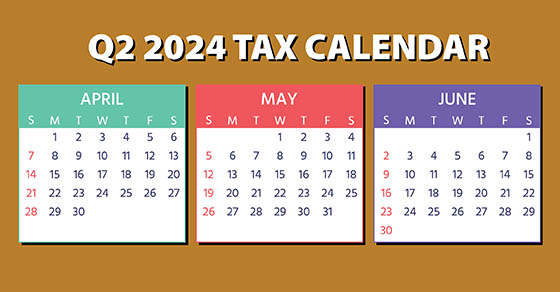There are several financial and legal implications when adding a new partner to a partnership. Here’s an example to illustrate: You and your partners are planning to admit a new partner. The new partner will acquire a one-third interest in the partnership by making a cash contribution to the business. Assume that your basis in your partnership interests is sufficient so that the decrease in your portions of the partnership’s liabilities because of the new partner’s entry won’t reduce your basis to zero.
More complex than it seems
Although adding a new partner may appear to be simple, it’s important to plan the new person’s entry properly to avoid various tax problems. Here are two issues to consider:
1. If there’s a change in the partners’ interests in unrealized receivables and substantially appreciated inventory items, the change will be treated as a sale of those items, with the result that the current partners will recognize gain. For this purpose, unrealized receivables include not only accounts receivable, but also depreciation recapture and certain other ordinary income items. To avoid gain recognition on those items, it’s necessary that they be allocated to the current partners even after the entry of the new partner.
2. The tax code requires that the “built-in gain or loss” on assets that were held by the partnership before the new partner was admitted be allocated to the current partners and not to the entering partner. In general, “built-in gain or loss” is the difference between the fair market value and basis of the partnership property at the time the new partner is admitted.
The upshot of these rules is that the new partner must be allocated a portion of the depreciation equal to his or her share of the depreciable property, based on current fair market value. This will reduce the amount of depreciation that can be taken by the current partners. The other outcome is that the built-in gain or loss on the partnership assets must be allocated to the current partners when the partnership assets are sold. The rules that apply in this area are complex, and the partnership may have to adopt special accounting procedures to cope with the relevant requirements.
Follow your basis
When adding a partner or making other changes, a partner’s basis in his or her interest can undergo frequent adjustment. It’s important to keep proper track of your basis because it can have an impact on these areas:
- Gain or loss on the sale of your interest,
- How partnership distributions to you are taxed, and
- The maximum amount of partnership loss you can deduct.
We can help
Contact us if you’d like assistance in dealing with these issues or any other issues that may arise in connection with your partnership.











